By Jonathan F. Keiler
The most nightmarish of World War II alternative history scenarios is the one in which Nazi Germany acquires atomic weapons. In fact, by the spring of 1945, when America’s massive nuclear program was reaching its culmination, the Nazi atomic program consisted of one experimental reactor in a cave in southern Germany, operated by scientists who lacked a clear conception of how to build an atomic weapon.
Even if the German scientists had known what they were doing, they still lacked suitable radioactive material to produce a weapon. One of World War II’s most remarkable and controversial stories is just how the Nazi atomic program came to this sorry pass.
The potential power of atomic energy is a corollary of Einstein’s famous Theory of Relativity equation, E = MC2. Simply put, the equation means that all matter is energy. To determine the energy contained in any bit of matter, one need only multiply its mass times the square of the speed of light. As the speed of light is somewhere in excess of 186,000 miles per second, the resulting number is correspondingly huge.
Early in the 20th century, physicists realized that if it was possible to release the atomic energy in a piece of matter, say a brick, they could create a doomsday weapon. Fortunately, the atoms in bricks, and in almost all ordinary matter, are quite stable and not likely to erupt in an atomic chain reaction. However, by the mid-1930s, experiments with the unstable element uranium revealed the potential to tap into its store of nuclear energy and create machines of awesome power.
Nazi Germany’s Rejection of “Jewish Physics”
Theoretically, by the 1930s Germany had a jump on the rest of the world in atomic research. Many of the world’s top nuclear physicists were German or Austrian, or worked closely with German or Austrian colleagues. It was a German scientist, Otto Hahn, who first split the atom in 1938. Although Hahn later tried to claim all the credit for his experiment, at the time he did not actually know what he had done.
It was Lise Meitner, an Austrian Jewish colleague, who realized the significance of Hahn’s discovery and described the processes involved. Meitner realized that Hahn, by bombarding a small sample of uranium with neutrons, had literally broken some uranium atoms apart, releasing powerful atomic energy. Incredibly, in accord with Nazi policy, Hahn and other “German” academics had recently driven Meitner from her post at the Kaiser Wilhelm Institute for Chemistry near Berlin to refuge in Sweden. Meitner was a brilliant scientist, but evidently socially and politically inept enough that she continued to assist Hahn despite his treatment of her and Nazi Germany’s policies toward Jews in general.
Although Meitner continued to assist her former colleagues in Nazi Germany for a time, most Jewish scientists were not so lucky or naïve. By the late 1930s almost all of Germany and Austria’s Jewish physicists, along with many others who rejected Nazism, had fled, mostly to Britain or America. Einstein was by far the most famous among them, but only one of a great many.
Nazi academics began to take over Germany’s great educational institutions, hungrily seizing positions and offices previously held by Jews, foreigners, or anti-Nazi German academics. Some of these newcomers were marginal teachers and scientists, envious of successes by those they considered racially or ideologically inferior. Many disdained theoretical physics and Einstein’s relativity theories.
These men and the Nazi hierarchy regarded Einstein’s relativity theories and their progeny as “Jewish physics.” For them, the only valid physics was “Deutsche” or “Volkish” physics, by which they apparently meant a classical experimental physics that could somehow ignore the realities Einstein described. Nonetheless, not all of Germany’s scientists disdained “Jewish physics,” and as war loomed and then broke out, even high-ranking Nazis came to appreciate the tantalizing prospect of an atomic super weapon.
Werner Heisenberg: Germany’s Top Physicist
In the late 1930s, the most famous physicist in Germany (Einstein having left Germany for New Jersey) was Werner Heisenberg. Heisenberg was internationally renowned for his work in quantum mechanics and the Uncertainty Principle that usually bore his name. He was a brilliant theorist and mathematician and prided himself on his practical abilities as a physicist, although in fact these were suspect. For a time he was Germany’s youngest full professor.
In 1932, Heisenberg was awarded the Nobel Prize for Physics for his work on the Uncertainty Principle, although the prize committee slighted several other physicists who arguably deserved as much credit as the charismatic Heisenberg. In 1937, Heisenberg was appointed to a senior professorship at Leipzig University.
While not a card-carrying Nazi, Heisenberg was a loyal and patriotic German. Like many German academics and professional soldiers of his time, he considered himself above politics, and so was willing to serve whatever government ruled Germany, even Hitler’s. He was the logical choice to lead the country’s atomic weapons program.
However, in July 1937, just months before Hahn split the atom, Heisenberg came under attack in an article that appeared in Das Schwarze Korps, an SS magazine. The instigator behind the article was Johannes Stark, a rabidly anti-Semitic experimentalist who resented Heisenberg’s success and his association with Jewish physicists, a practical necessity in Heisenberg’s field. The article accused Heisenberg of being a part of a “white Jewish” establishment that sought to keep true Germans from positions of importance, promoted Einstein’s relativity theory, and by implication sought to undermine the Nazi Party.
Such an attack was serious business in Nazi Germany and threatened internment in a concentration camp or worse. Heisenberg sought the assistance of friends and associates within the establishment, including Nazi Party members, to clear his name. Heisenberg’s mother, who had been an acquaintance of Heinrich Himmler’s father, passed on a personal letter from the physicist to the SS Reichsführer. After a thorough investigation by the SS, which included a terrifying interview at its Berlin headquarters, Himmler personally exonerated Heisenberg, effectively inoculating him from charges of treason until the end of the war.
In his letter clearing Heisenberg, Himmler permitted him to continue with his work, but with the proviso that Heisenberg could only apply relativity theory and the work of Jewish scientists without acknowledging them. Relieved, Heisenberg readily agreed to the conditions and began working in earnest on the German atomic project.
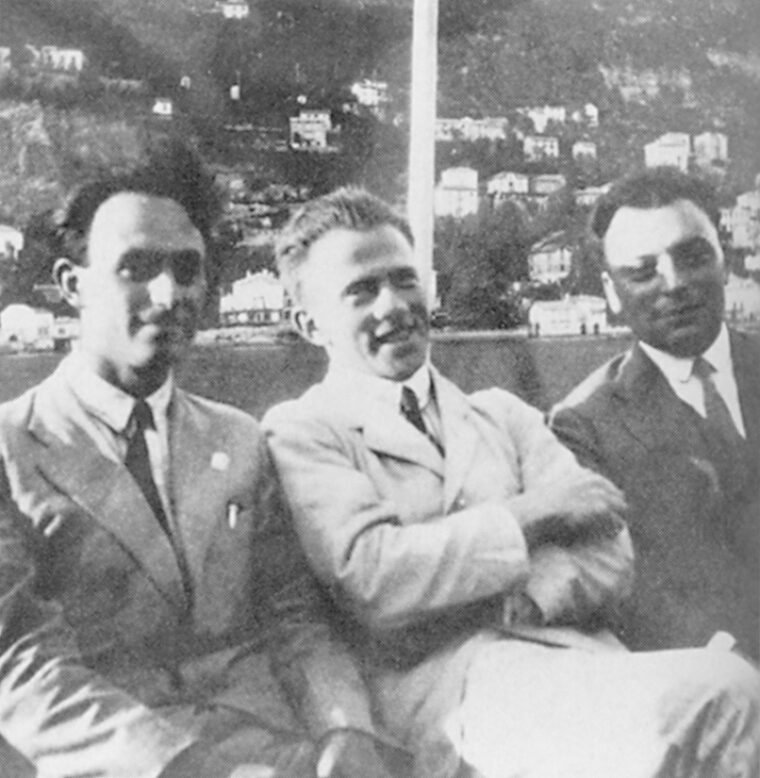
Heavy Water Reactor Project
While Germany began state-sponsored atomic research several years before the Allies, its efforts did not go unnoticed. Because so many physicists were driven from the Reich, Allied governments were quickly able to form a relatively clear picture of German efforts. America’s program was sparked in part by Einstein’s warning to President Franklin D. Roosevelt concerning possible German successes.
By 1941, the Germans were operating two experimental reactor projects, but German success had in fact been limited. Heisenberg’s team in particular made certain engineering decisions that put the German program almost immediately at risk.
Very basically, a nuclear reactor operates by inducing a chain reaction in masses of Uranium 238 within the reactor. To initiate a reaction, the flow of neutrons around the radioactive isotope must be moderated by another substance, such as graphite or deuterium (heavy water). The Germans chose to use heavy water, which is rare in nature and difficult to manufacture.
In 1940, the Germans captured a heavy water plant in Vermok, a Norwegian town 100 miles north of Oslo. British intelligence had learned the basic outline of the German reactor project and realized that the Norwegian heavy water supply was a weak link. By mid-1942, the Norwegian factory was producing up to 10,000 pounds of heavy water per year for Heisenberg’s teams in Leipzig and Berlin. An initial raid on the plant by British paratroopers ended in disaster when the gliders carrying the troops crashed far from the target.
The British were concerned enough about the plant to mount another operation. The second raid was more subtle than the first. A daring team of Norwegian commandos infiltrated the plant and blew up the water tanks. Later, British submarines interdicted further shipments. The loss of so much heavy water set the German project back but did not derail it. That, the Germans unwittingly did themselves.
The Challenges of U-235 Enrichment
Despite the continuing attacks on the heavy water supply line, by 1941 German scientists had come to several broad theoretical conclusions that mirrored American conceptions of how to build an atomic device: (1) an enriched uranium fission device, (2) a plutonium-based fission device, or (3) a “reactor bomb.” While the United States would build successful atomic reactors and both uranium and plutonium bombs by the end of the war, the German scientists never approached a working conception for actual production of a successful atomic machine.
The American bomb that exploded over Hiroshima was a uranium fission device. The key to manufacturing such a bomb was producing sufficient quantities of highly enriched Uranium 235, an isotope that exists naturally only in tiny quantities within the much more abundant Uranium 238. Extracting U-235 from U-238 cannot be done chemically and requires a time-consuming and expensive gaseous diffusion process.
Here, German racial policies effectively stymied Nazi pursuit of a nuclear device. A German, Gustav Hertz, was on the cutting edge of research on gaseous diffusion. But Hertz’s uncle, the famous Heinrich Hertz, was Jewish. As a result, Gustav was forced out of his position as head of the physics department at Berlin Technical College. Whatever Nazi functionary replaced him evidently was unable or uninterested in continuing Hertz’s work, and the Germans never developed a uranium isotope separation method.
Both sides faced the question of how much U-235 would be necessary to make a workable atomic bomb. The issue was particularly crucial given the difficulty of uranium separation. Heisenberg and the Germans made a fundamental and critical theoretical mistake regarding the practicality of a U-235 fission device. They thought a bomb required far too much U-235 to make it a practical weapon in any case.
This error remains the source of enduring controversy. It appears Heisenberg only attempted to roughly calculate the critical mass of U-235 that would produce a runaway nuclear chain reaction. He and his colleagues erroneously concluded that it would require about a ton of U-235 to reach critical mass.
In fact, as American scientists determined, critical mass was less than 100 pounds of U-235. The Germans knew that producing a ton of enriched U-235 was a practical impossibility. The more modest actual requirement for an atomic bomb was, however, within their reach, assuming an enormous industrial and governmental effort (as in fact occurred with the Manhattan Project).
No Support From Speer
Whether Germany would launch its own Manhattan Project was not up to Heisenberg or the other German scientists, but the Reich’s armaments minister, Albert Speer. Speer needed to know whether the scientists could deliver a workable weapon before the war ended. Heisenberg met with Speer in 1942 during the course of a conference on the potentialities of nuclear power put on for various officials from the Army and the SS.
What exactly was said during the conference and during Speer’s more private discussions with Heisenberg is not known, but evidently Heisenberg did not encourage Speer as to the short-term possibilities of producing uranium-based atomic weapons or a practical reactor engine for ships or submarines. Heisenberg did not request a dramatic increase in funding for the German project.
Speer concluded that the German atom scientists could make little contribution to the war effort and concentrated the Reich’s experimental energies on the more promising rocket and jet projects that would materialize before the end of the war. Clearly, the German scientists did not believe they could extract sufficient U-235 to make a bomb and so did not urge Speer to commit German industry to an isotope separation project, as was then being done in the United States at the Manhattan Project’s huge Oak Ridge, Tenn., facility.
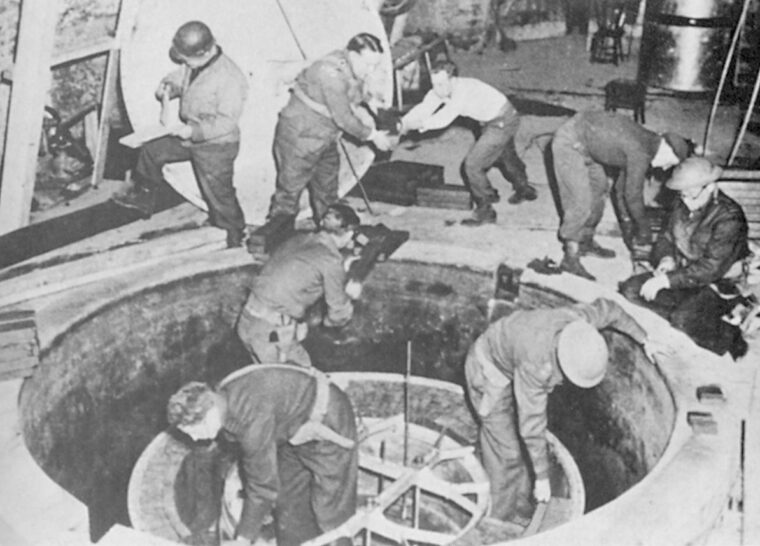
Working Toward a Plutonium Bomb
Heisenberg, however, was not without hope. German scientists were on their way to producing a working nuclear reactor. For a time, Heisenberg and his scientists considered the possibility of using the reactor itself as a kind of “dirty bomb.” The reactor ran on U-238 and so could not sustain the kind of rapid chain reaction required for a true atomic explosion, but the Germans considered the possibility of running the reactor to a critical stage and then supplementing the intense radiation developed with conventional explosives. The result would be massive radioactive contamination. Like a nuclear bomb with a ton of uranium, the idea itself was impractical: How do you deliver a reactor bomb?
Germany’s last hope was producing sufficient plutonium in a reactor and using it, rather than uranium, as the fissionable bomb material. Such a plutonium bomb was dropped on Nagasaki. The Germans realized that highly radioactive plutonium could be produced as a byproduct of U-238 “burned” in the reactor. Plutonium in sufficient quantities would work as well or better than U-235 in an atomic device. Heisenberg and other scientists had hinted at such a possibility during the conferences with Speer and other Nazi officials.
As Heisenberg’s discussions with Speer implied, German reactor research remained a surprisingly academic endeavor. While the Germans managed to construct a couple of experimental reactors, the various teams did not always coordinate their efforts, and it took the Germans much longer than the Allies to simply determine what shape the uranium pile should take within the reactor. Heisenberg and other scientists pursued atomic research while carrying on other academic duties, visiting occupied countries on propaganda missions, and writing papers.
The German hierarchy never deliberately organized German industry to aid the bomb project. There was nothing in Germany like the scientifically star-studded Los Alamos pressure cooker or the vast Tennessee separation plant. The Germans also had to contend with the insecure heavy water supply and American and British air raids on important industrial, transportation, and research facilities.
By 1945, German research teams managed to build a research reactor in an abandoned cave in the Swabian region of southwest Germany, far from the advancing Soviet Red Army and coincidentally in the general area where Einstein spent some of his boyhood. Yet, despite Heisenberg’s best efforts, sometimes at physical risk to himself and his assistants, the Germans did not succeed in producing a self-sustaining chain reaction in the reactor by the time American troops arrived.
Not only had the German scientists failed, but they were surprised when they realized that the Allied scientists advancing with the American troops were unimpressed by their accomplishments. The German reactor was little more than a curiosity. The Americans were mainly concerned that leftover uranium, heavy water, and Germans physicists not fall into Russian hands.
Why Did the Nazi Atomic Weapons Project Fail?
After the war, Heisenberg and his apologists suggested that the project failed because Heisenberg deliberately sabotaged it. Heisenberg intimated that he knew the proper critical mass for U-235 in 1942, but deliberately misled Speer in order to frustrate the German project. Heisenberg’s famous meeting with his mentor, the great Danish (and half-Jewish) physicist Nils Bohr, in Copenhagen in 1941, has also been the subject of much speculation, and the subject of a prize-winning play that suggests Heisenberg was morally troubled at the prospect of a Nazi bomb.
Beyond Heisenberg’s own circumlocutions on the topic, and quasi-fictional speculations, there are abundant reasons for the German failure that have little to do with postwar claims of moral scruples by German scientists. Most available evidence suggests that the German physicists would have happily produced a bomb if they had been capable. That they did not was due to a number of discrete and explainable reasons.
Most obviously, Germany suffered from a critical brain drain produced by Nazi anti-Semitism. Brilliant scientists in Germany and occupied Europe were exiled, ignored, or executed. Many found their way to England or America where they dedicated themselves to destroying the Nazi regime. Although Heisenberg and some of his remaining colleagues were topnotch physicists, they could not match the basic brainpower deliberately assembled for the Manhattan Project.
Allied organizational ability also outmatched Germany’s. There were no effective German counterparts to General Leslie Groves or Robert Oppenheimer, who together drove the Manhattan Project. The German project bounced around under varying ministries until the end of the war, while the scientists themselves often worked in an uncoordinated, wasteful fashion.
The Germans remained blissfully unaware of American advances throughout the war. This made the Germans complacent. Arrogantly, they refused to believe German science could fall behind American science. Effective Allied security prevented German intelligence from proving otherwise.
Mistakes Made by the Nazi Scientists
Meanwhile, a steady stream of fleeing European scientists, Bohr among them (in 1943), provided a relatively clear picture of German advances, or lack thereof, to Allied intelligence services. After the war, captured German scientists were surreptitiously tape recorded after being informed of the atomic bombing of Japan. The tapes reveal a mixture of surprise, bewilderment, and excuses.
Heisenberg and his colleagues were very smart, but they made fundamental conceptual errors throughout the war that led them to believe producing an atomic weapon was more difficult and impracticable than was the case. These misconceptions ranged from miscalculation of the critical mass necessary to fission U-235 in a bomb to the best shape to form U-238 in a reactor to the relative difficulty of separating the two isotopes. All of these problems were correctly solved relatively early on by Allied scientists.
Finally, the overall cultural prejudices of the regime and of a great number of scientists, functionaries, and soldiers prevented the German project from being anything more than a sidelight, while “real” German scientists worked on jets and rockets. While the jet and rocket projects were impressive and far in advance of Allied efforts, they also proved to be indecisive militarily and even wasteful.
On the other hand, had Germany produced just a couple of atomic weapons before the end of the war, instead of the thousands of V-1 and V-2 rockets lobbed on Britain, the course of history would undoubtedly have been different. For reasons having little to do with morality or luck, we remain fortunate this alternate history did not come to pass.
Jonathan F. Keiler left his law practice some years ago to teach high school in Bowie, Maryland. He is a veteran of the U.S. Army and last wrote for WWII History about the ill-fated Hammelburg Raid.
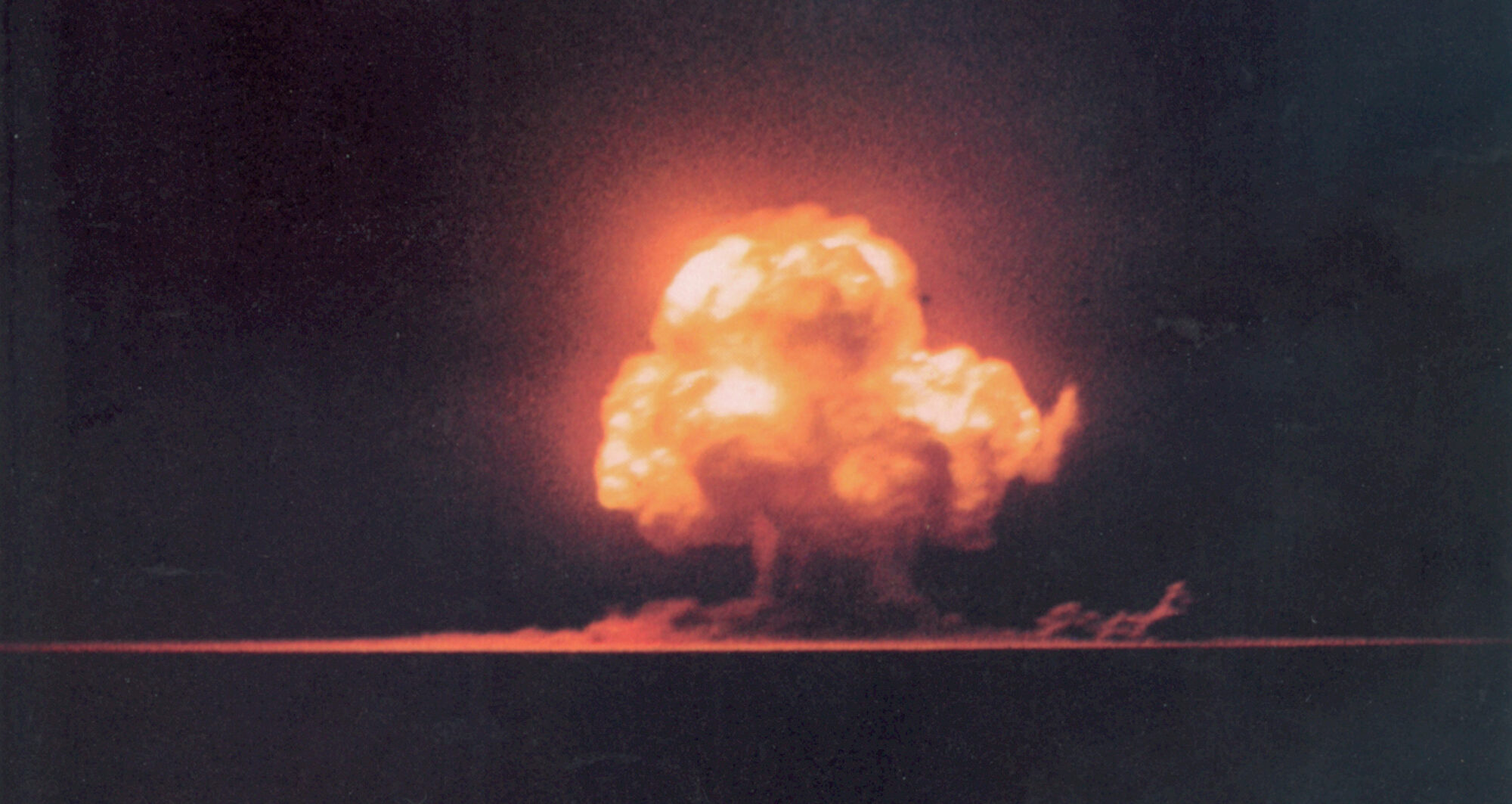

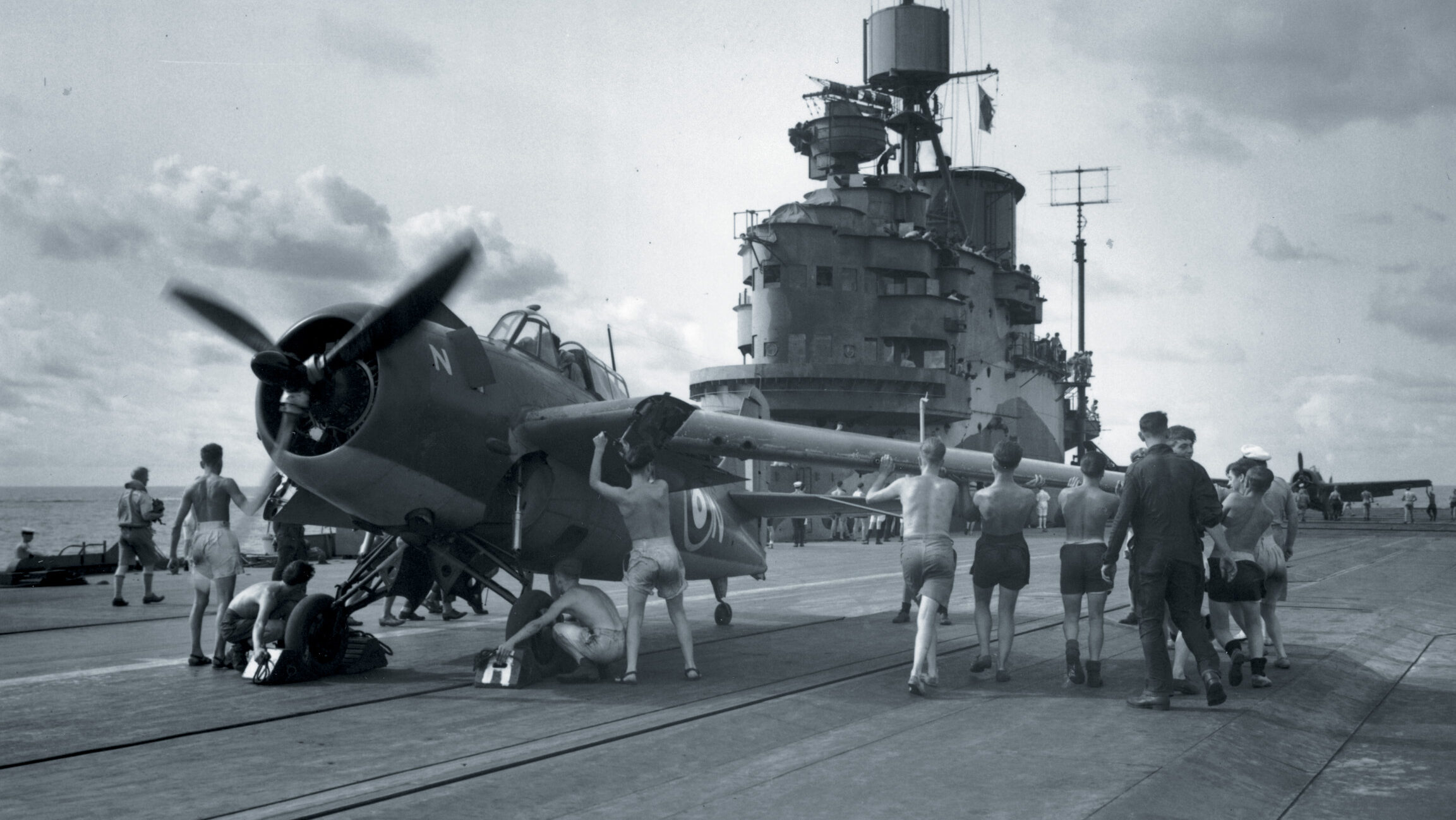



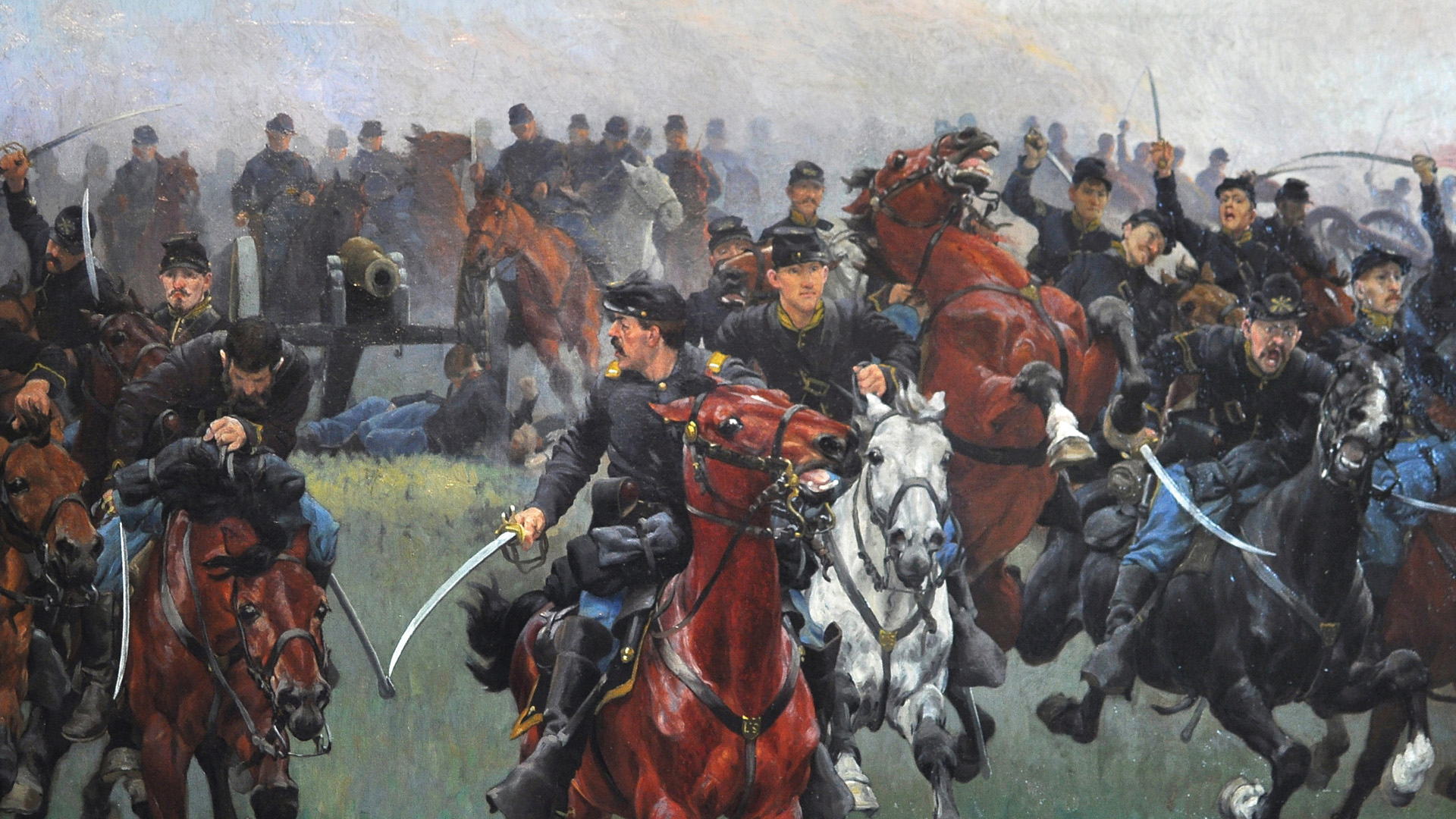
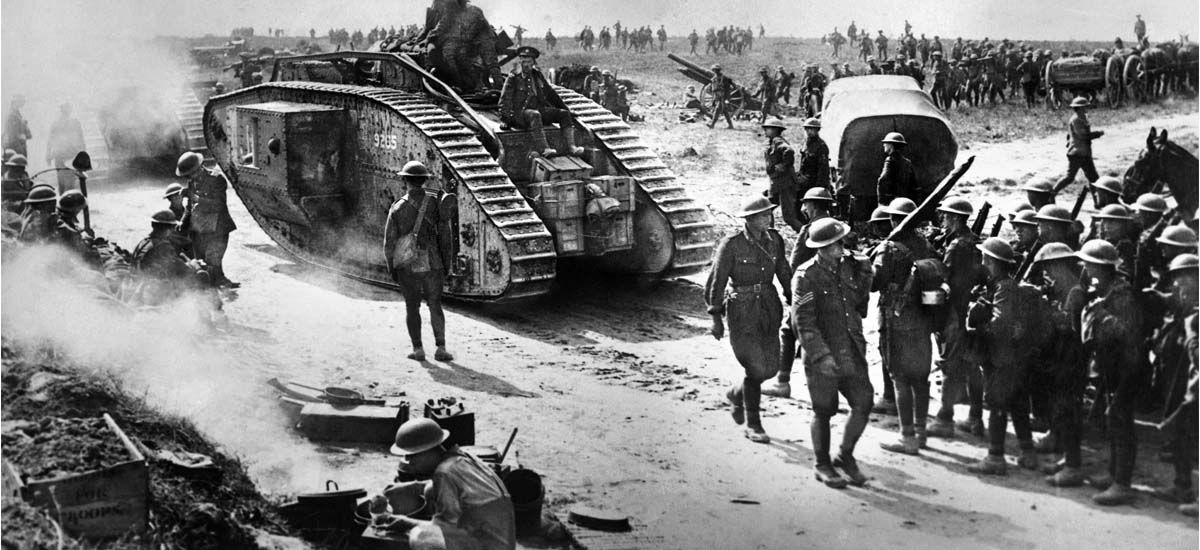
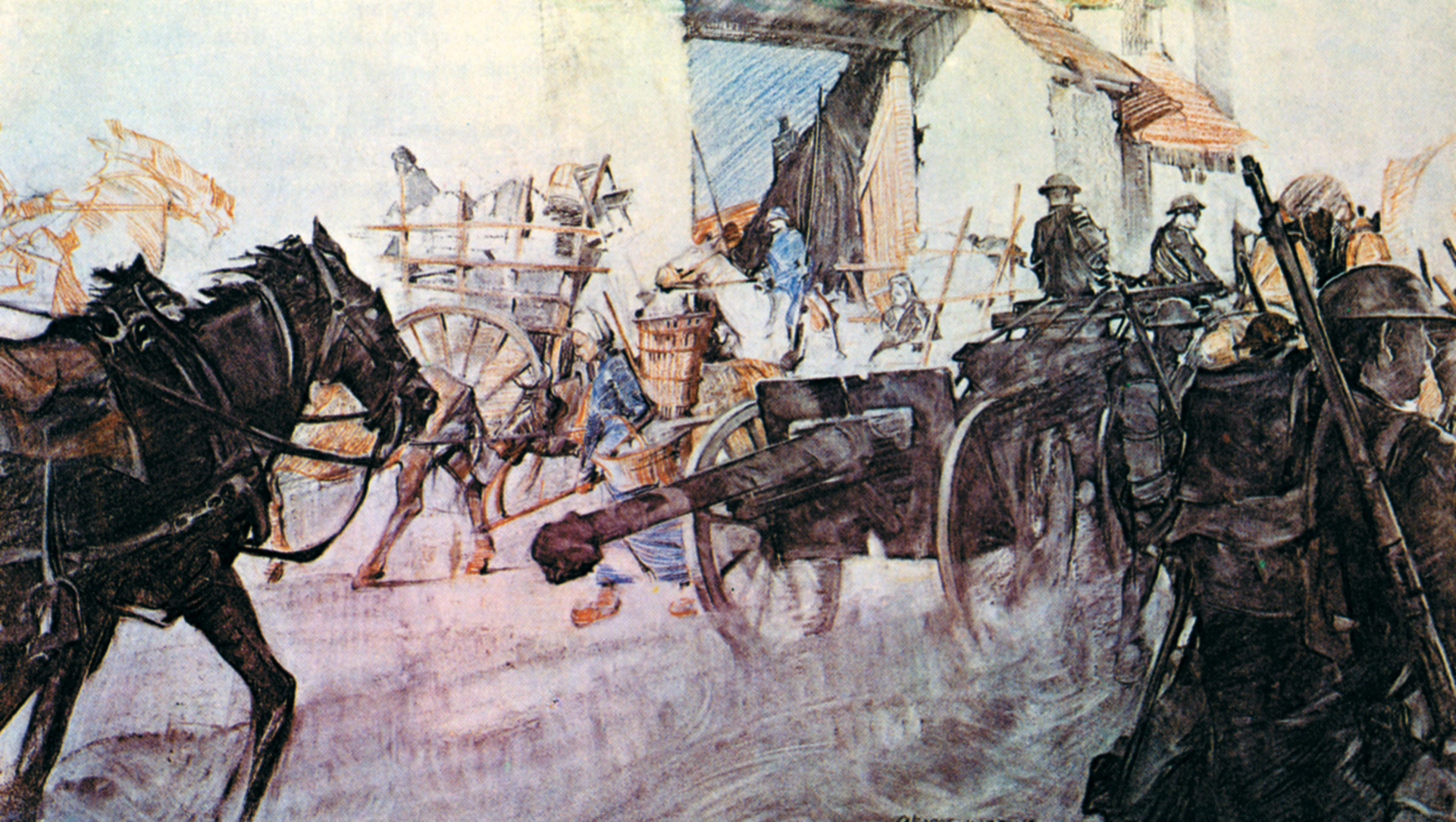
Nuclear reactors and bombs do not use U-238 as fuel. They use U-235, because it is an unstable isotope that can spontaneously fission. U-238 is stable and does not undergo fission. However, as noted in the article, most (99.25%) naturally occurring uranium is U-238.
An atomic weapon needs to have a rapid reaction rate. Neutrons released from fission need to immediately strike another fissile atom and cause another fission. Therefore, the material used in an atomic warhead must be highly purified (“enriched”) to eliminate the non-fissile isotopes. Thus, uranium warheads use purified U-235; any U-238 present just adds weight.
However, the enrichment process is slow and expensive; the atoms get separated by weight, one atom at a time. Fortunately, reactors need a slow and controllable reaction rate; U-235 is dispersed in the fuel cells. If space and weight aren’t an issue, more U-238 can be left in the processed uranium. The low reactivity of such fuel can be accommodated by using a strong moderator; this is the design used in the Soviet RBMK reactors in Chernobyl.
Fuel with low enrichment is used in “breeder” reactors. The low enrichment means that a lot of U-238 remains in the fuel cells; when a U-238 atom absorbs a neutron, it becomes U-239, which is unstable and decays to Np-239, and then to Pu-239. After the reactor has been running for a while, the fuel cells are retrieved and the plutonium is extracted for use in warheads. It is arguable that the Soviets may have intended the Chernobyl power plant as a source of plutonium.
Part of the reason Germany was unable to produce an atomic warhead was the availability of uranium. To get 1 kg of uranium, at least 333 kg of earth must be mined. To get 1 kg of U-235, 133 kg of uranium must be extracted. Thus, to get the ton of U-235 they thought they needed, they would have to mine about 45,000 tons of earth. However, the United States got another advantage, which was kept secret until years after the war: Shinkolobwe mine in the Congo. Earth from this mine was 20%-65% uranium. Under the guise of diamond mining, the US obtained 400 tons of ore each month. By July 1945, the US had obtained enough U-235 for one bomb, and enough Pu-239 for two.
Those interested in German nuclear research might like to read “The Alsos Mission”, a book about the US Army’s effort to capture German nuclear scientists and related equipment. Many years ago, one of the Alsos members lived across the street from my family’s home.